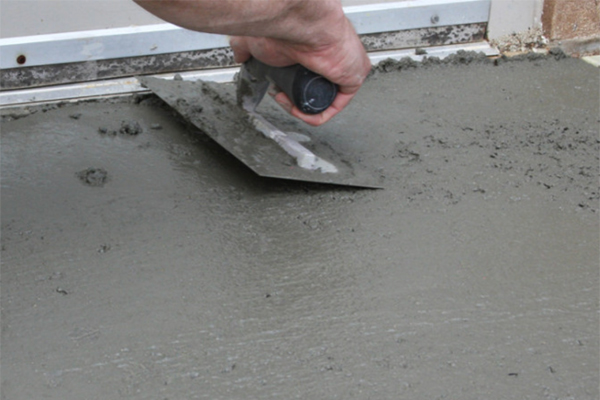Cement is the key ingredient of concrete and is one of the world’s most widely used building materials. It’s also the product of an energy-intensive process that accounts for about five percent of global greenhouse gases driving climate change. These emissions threaten to increase as developing countries urbanize and build roads, buildings, and other infrastructure in the decades ahead. Innovation in cement production and continuous innovations have already been delivered such as greater kiln and energy efficiencies, and many compelling projects are in progress.
The world is changing faster than ever thanks to cutting-edge technology solutions. The technological revolutions are transforming the way humans live. With the successful adoption of modern innovative technologies; various sectors are improving their overall productivity, including cement manufacturing, health science, and many other sectors. The construction industry is the only global consumer of the resources and raw materials. The buildings are huge contributors to the release of carbon dioxide. Thus the value remains in improving the quality of construction and the quality of materials used. This is to contribute to a healthier environment, to increase sustainability and reduce its cost. One such innovative cement is crack resistant cement.
The crack-resistant cement is composed of fiber-reinforced formulations, a blend of properly proportioned stone or gravel, sand, Portland cement, special synthetic fibers and other ingredients. The synthetic fibers eliminate the need for wire mesh in slab-on-grade construction and they provide greater strength to resist chipping and cracking, without sacrificing a nice, smooth finish.
Features
- Reduced cracking
- Lower heat hydration
- Early hardening
- Food workability
- Durable
- Air-entrainment
Applications
- Driveways
- Slabs
- Patios
- Walkways
- Curbs
- Stairs
- Setting fence posts
- Foundation walls and footings
- Structural applications requiring a small volume of concrete
Conclusion
The construction sector is facing numerous emerging challenges; the industries have successfully harnessed technological advances to improve and reshape their products and services. Today, technology is offering the chance to reshape the cement industry.

